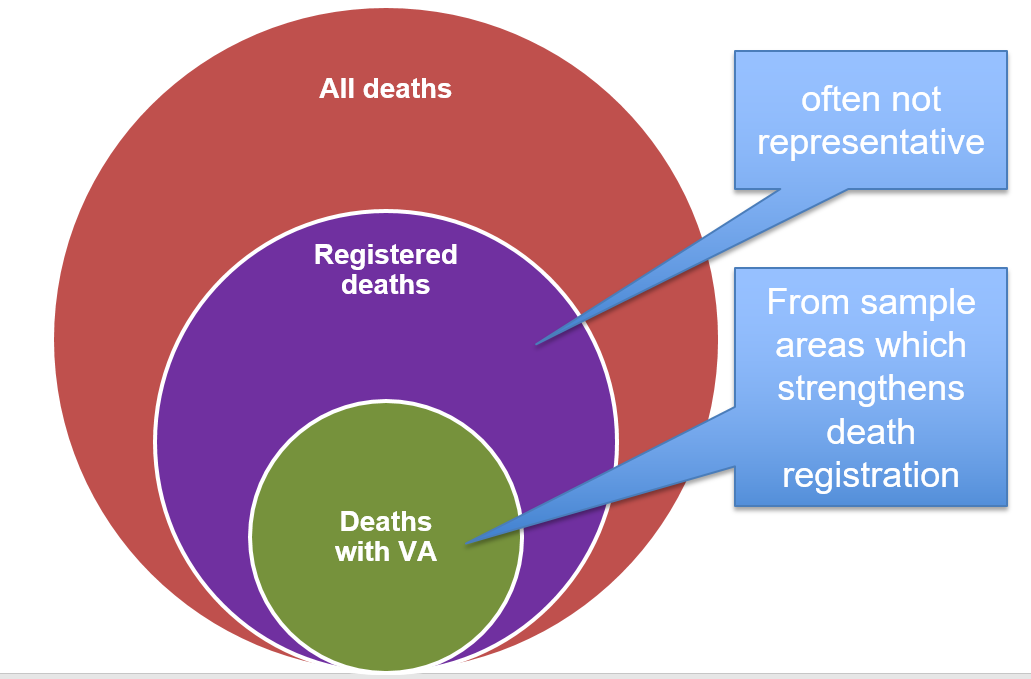The KeVA Hub was created in part because of the need to strengthen the evidence base on community death availability, but also to provide a forum for debate about key verbal autopsy development priorities, including opportunities to influence community practice directly. we have sought first to define ‘best practice’ through landscape assessment on verbal autopsy in Kenya from HDSS and consultation with our expert networks, and have then worked with development partners to implement change in community practice in countryy, potentially leading to a change in policy. Development of KeVA guideline and standards resulted to conducting landscape assessment. Based on this foundation, in 2020 we progressed to focus on consolidating and synthesising knowledge of the state of KeVA in the Country, aiming to generate evidence for how best to improve our function, utilisation, cost effectiveness and sustainability.
If someone dies without any medical attention, there is often a problem of determining what the cause of death was. WHO estimates that around 40 million deaths each year are uncertified. Verbal autopsy is a process which has been in use for many years, particularly in poorer societies where many deaths don't have a cause assigned, in which an interviewer visits family or friends of the deceased person after the death, and gathers information about what happened. WHO has produced standard questionnaires for undertaking verbal autopsies.

Verbal autopsy (VA) is a method for interviewing the caregiver of a deceased person, using a standard questionnaire, to capture signs and symptoms experienced by the deceased prior to death, resulting in a probable cause of death.
The process has emerged as the leading method targeted to enhance mortality surveillance efforts among more than half the world’s population for which low quality or no mortality data are available.
A landscape assessment on verbal autopsy implementation in Kenya was done with support from Vital strategies Global Grants Program and identified the following implementing partners through INDEPTH Network and medical research organizations in Kenya.